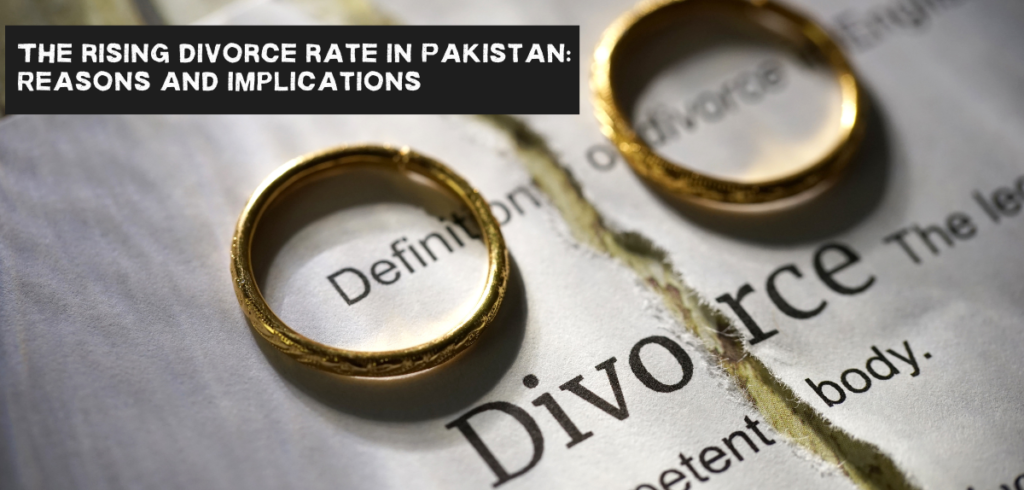In Pakistan, the divorce rate has been rising in recent years, and this trend is anticipated to continue. A Gallup Pakistan survey found that 58% of Pakistanis think the divorce rate has gone risen in their nation.
Several elements have an impact on this rise. In Pakistan, a few of the most prevalent causes of divorce are as follows:
In-laws
One of the main reasons for divorce in Pakistan is in-law interference. Many couples share families, which can cause disagreements and hostility between the spouses and their in-laws.
Financial problems
Another significant contributor to divorce in Pakistan is financial issues. The nation has a high prevalence of poverty, and many couples find it difficult to make ends meet. Stress and disagreements between the spouses may result from this.
Lack of communication
Another significant reason for divorce is poor communication. In Pakistan, a lot of couples struggle to communicate properly with one another. Misunderstandings and animosity may result from this.
Domestic violence
Domestic violence is a significant issue in Pakistan and a significant contributor to divorce. In order to protect themselves and their children, many women who are caught in violent relationships may finally decide to file for divorce.
Education
Divorce rates also depend on education levels. More educated couples are less likely to end up in divorce. This is due to the fact that they frequently have more resources and opportunity to handle the difficulties of marriage.
In addition to these factors, there are a number of other societal changes that are also contributing to the rising divorce rate in Pakistan. These changes include:
Increased urbanization
Traditional family structures are changing in Pakistan as the country becomes more urbanized. Couples are more likely to live apart from their extended families in urban locations. As a result of having to learn to make all life decisions on their own, this might increase marital conflict and tension.
Increased women’s empowerment
Women in Pakistan are gaining independence and power. They are more likely to have access to school, to have employment and professions, and both. This is causing a change in gender norms and expectations, which some couples may find challenging to adapt to.
Exposure to Western culture
Divorce rates are being impacted by Pakistan’s increased exposure to Western society. Divorce is more common and acceptable than it is in Pakistan in Western societies. This is causing divorce to be seen more amicably in Pakistan as well.
Numerous negative effects on people and the wider society result from Pakistan’s high divorce rate. Divorce can be an extremely difficult and stressful process for an individual. It may result in psychological issues, financial difficulties, and social isolation. Divorce can be particularly challenging for kids since it can cause bewilderment, worry, and melancholy.
The rising divorce rate has a lot of negative effects on society as a whole, including higher rates of crime, social division, and poverty. In addition to negatively affecting the economy, divorce can also raise government spending on social assistance programs and result in lower productivity.
Given the detrimental effects of Pakistan’s rising divorce rate, it is critical to address the root causes of this trend. This entails dealing with the issue of in-law interference, enhancing financial literacy and work prospects, offering marriage counseling services, and instructing people on the value of communication and dispute resolution skills. In addition, it’s critical to address societal shifts like urbanization, growing female empowerment, and exposure to Western culture that are causing divorce rates to rise.

